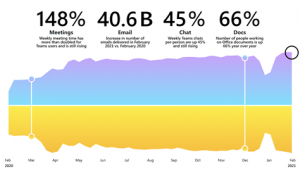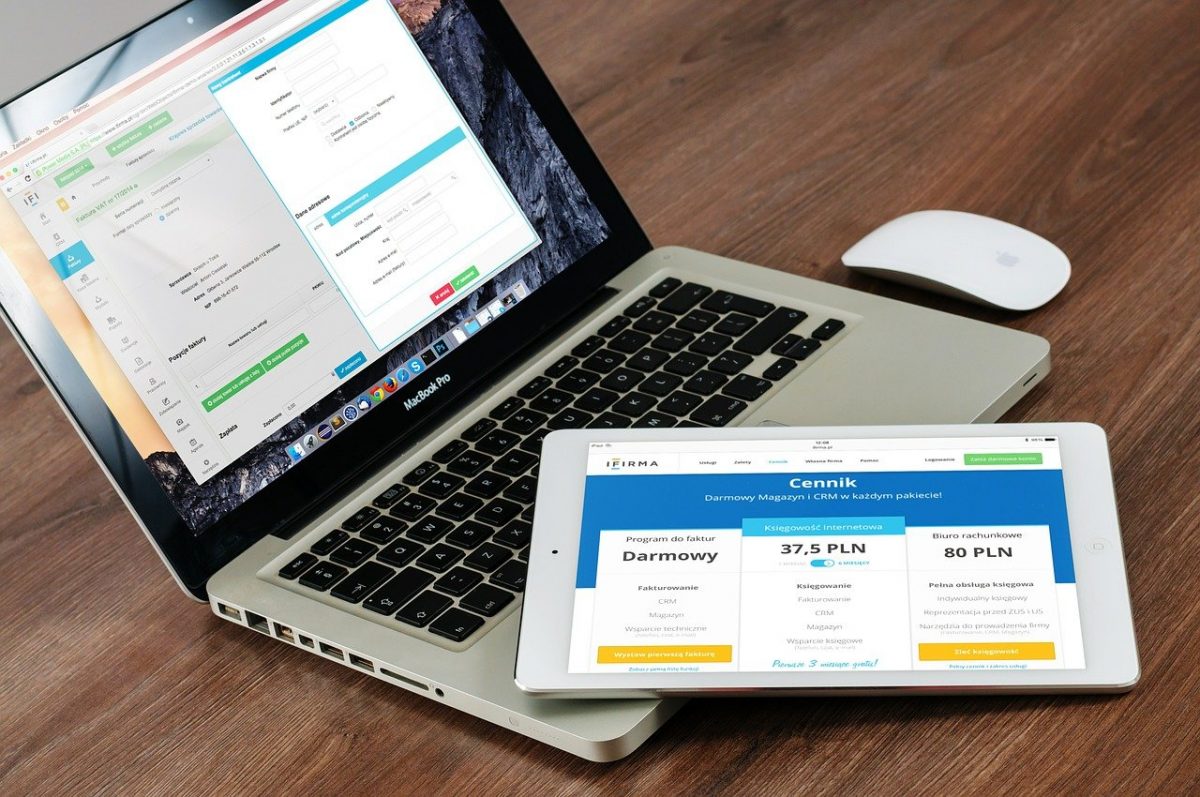COVID has impacted everyone, and rapidly transformed, and modernised organisations in their operations. It has changed the way we work and connect with each other. The digital transformation of the workplace has accelerated the switch to remote working and the use of the cloud applications, such as Microsoft 365, Teams, SharePoint, Planner, Power Automate and a range of other apps within Microsoft 365.
Microsoft CEO Satya Nadella said MS Teams users are clocking up 30 billion
“collaboration minutes” each day in the most recent reporting quarter.
Microsoft Teams builds on its functionality, enabling a more hybrid way of working
Microsoft Teams application has gone through a major transformation since its launch and is now one of the main digital hubs for teamwork and collaboration. To put it in perspective, below are the Microsoft’s accelerated growth statistics:
- Microsoft 365 added 95 million users in 2020, as it became one of the most popular apps during the coronavirus pandemic
- Microsoft Teams noticed 894% growth, from March to June 2020
- Over 500,000 organisations globally use Microsoft Teams as their default messaging platform
Organisations are now focussed on adopting a more hybrid way of working. Staff will have far greater flexibility on how and where they work. According to research conducted for Microsoft’s Work Trend Index, over 80 percent of managers say they expect more flexible work from home policies post-pandemic, and more than 70 % of employees say they expect to take advantage of them.
With a more hybrid work option, days can work to suit employees enabling them to work from anywhere, either working from home or for example starting work at 6am, working a few hours before dropping the kids off at school and continuing to work until 2:30pm for school pickup. On returning home with the kids, a quick Microsoft Teams meeting is possible via the Microsoft Team mobile app. It is easy to transfer meetings between your mobile and your computer desktop and it all works seamlessly.
Communication continues to speed up as well as digital collaboration, according to Microsoft’s research – The Next Great Disruption Is Hybrid Work—Are We Ready? The digital intensity of workers’ days has increased substantially, with the average number of online meetings and chats steadily increasing since last year. Specifically, when we compare collaboration trends in Microsoft 365 between February 2020 and February 2021:

Sourced – https://www.microsoft.com/en-us/worklab/work-trend-index/hybrid-work
There are still challenges and opportunities ahead for us all in a more hybrid way of working. People are resilient and are adapting and developing new ways of working in a changing world, but careful steps are needed to understand what is working well and who needs the extra support in the new digital hybrid world of work.
For many, the switch happened overnight and often with minimal or no training because of the sudden arrival of the global pandemic. Many organisations are now realising their staff are not as knowledgeable as they need to be about the possibilities and opportunities of Microsoft 365 for their operations.
The expert team at ATI-Mirage have over 120 training programs for you to select from. There are options to work on the personal and professional development coupled with the suite of IT training which can demonstrate how to better maximise your investment in Microsoft 365.
Call us today 08 9218 9059 to find out more or go to our website
www.ati-mirage.com.au










